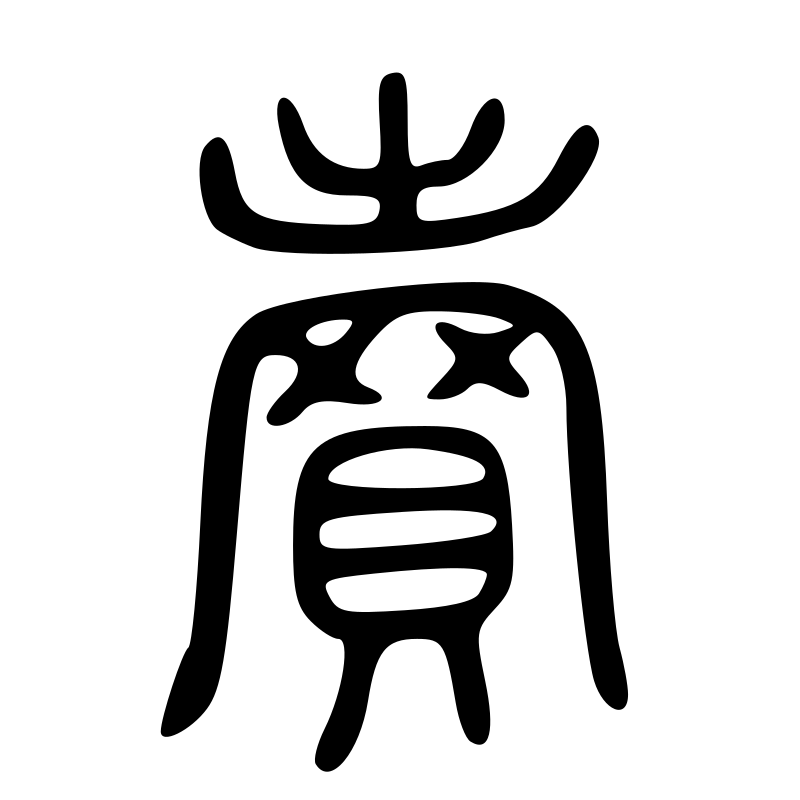The character 買 (pinyin: mai, third tone) means to buy. The character 賣 (pinyin: mai, fourth tone) means to sell. What would the combination 買賣 mean?
Answer: sales!
Pronunciations
Medieval Chinese: mae-mae or mai-mai
Mandarin: mai-mai
Cantonese: maai-maai
Hokkien: boe-boe (pronounced bue-bue), be-be, or mai-mai
Korean: mae-mae
Japanese: me-me, bai-bai, mai-mai
Vietnamese: mai-mai
Origins
The character 買 (to buy) is a compound of the modified glyph for net (网 pinyin: wang, third tone) and the glyph for shell (貝 pinyin: bei, fourth tone). Before the use of metal coins, the ancient Chinese used cowrie shells as a form of currency. This suggests that the character existed before the Warring States Period (476 – 256 BCE). Nets or pouches were most likely used to carry these cowrie shells.
The character 賣 (to sell) looks very similar to that character 買. The only difference is the additional component glyph 士 (pinyin: shi, fourth tone) at the top. Now 士 has many meanings. It is usually associated with men and male roles such as warrior, general, or the scholar-bureaucrats of Imperial China. However, if one looks closely at the original character, the component glyph at the top was 出 (pinyin: chu, first tone), which means to exit or leave. This suggests, perhaps, that when you sell something, you are exporting a good in exchange for a pouch of cowrie shells!
